Street-Running Rail Collisions Safety Advisory 24-2
Overview
FTA found that street-running rail poses a heightened risk of injuries and fatalities given that vehicles operate in and among other roadway users, including privately-owned vehicles (POV), pedestrians, bicyclists, and micromobility users.
On November 25, 2024, FTA issued Safety Advisory 24-2, which recommends that State Safety Oversight Agencies (SSOAs) direct rail transit agencies (RTAs) in their jurisdictions to analyze the risk of street-running rail collisions in their systems. RTAs should use existing Safety Risk Management processes to conduct the analysis, and report completed safety risk assessments and proposed and implemented safety risk mitigations back to the SSOAs.
SSOAs have until December 26, 2024, (30 days from issuance) to notify RTAs of this request. Then, SSOAs should obtain and review completed safety risk assessments and any proposed safety risk mitigations from RTAs. SSOAs should submit this information to FTA by May 27, 2025, (180 days from issuance) to the State Safety Oversight Reporting (SSOR) system.
FTA hosted a webinar about this safety advisory on December 12, 2024.
Background
An industry-wide survey conducted for FTA's Rail Transit Roadway/Pedestrian Grade Crossing Exploratory Report revealed that incidents at street-intersection grade crossings occur approximately 10 times more frequently than at traditional grade crossings.
Street-running rail vehicle collisions reported to the National Transit Database include any collision between a light rail, streetcar, hybrid rail, or cable car vehicle and:
- A privately-owned vehicle at traditional rail grade crossings (RGXs) or within shared right-of-way street intersections.
- A person outside a motor vehicle, include pedestrians, bicyclists, and people using micro-mobility devices, at traditional RGXs, street intersections, crosswalks within stations, and rail's right of way in pedestrian malls.
Analysis of NTD data indicates that collisions involving street-running rail vehicles result in fatalities at higher rates than those of other common collision types across all modes. NTD data also indicates that the risk of fatalities from these collisions escalates when rail vehicles are traveling over 30 miles per hour.
Data
Rate of Resulting Fatalities for Frequently Reported Collision Types, Calendar Year 2015–2023

As shown in Figure 1 above, FTA identified that street-running rail vehicle collisions result in fatalities at a much higher rate than other frequently reported collision types across all modes included in NTD data. NTD data analysis from 2015 to 2023 of frequently reported collision types shows the following rates of fatalities for street-running rail vehicle collisions:
- 7.86 fatalities per 100 million (100M) vehicle revenue miles (VRM) for street-running rail-to-person collisions (85 fatalities)
- 2.96 fatalities per 100M VRM for street-running rail-to-POV at rail grade crossing (RGX) collisions (32 fatalities)
Street-Running Rail-to-Person Collisions
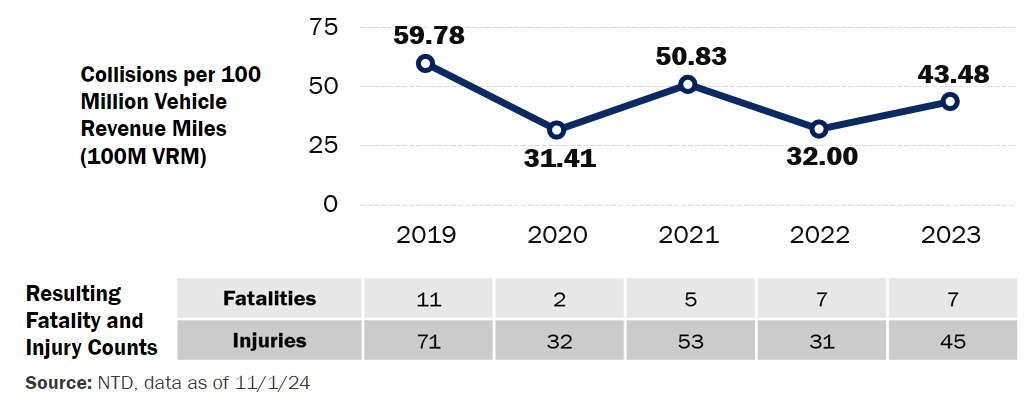
The rate of street-running rail collisions with persons, including pedestrians, bicyclists, and micro-mobility users continues to persist at a high rate, with high severity, from 2019 to 2023.
Street-Running Rail-to-Person Collision Fatalities by Train Speed, CY 2019–23
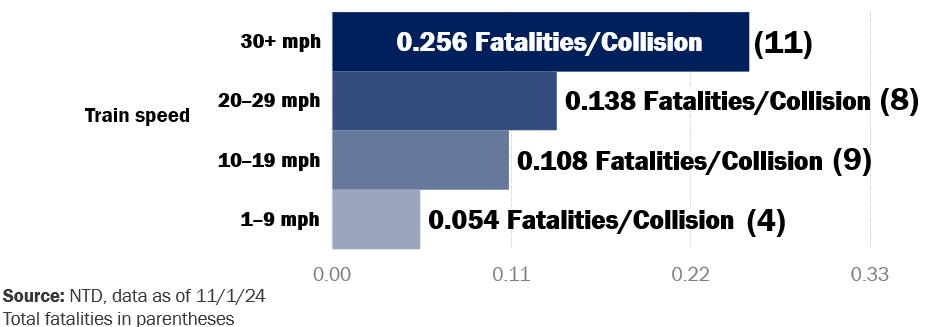
The severity and probability of fatalities associated with street-running rail collisions with persons increase at greater train speeds.
Street-Running Rail-to-POV at RGX Collisions
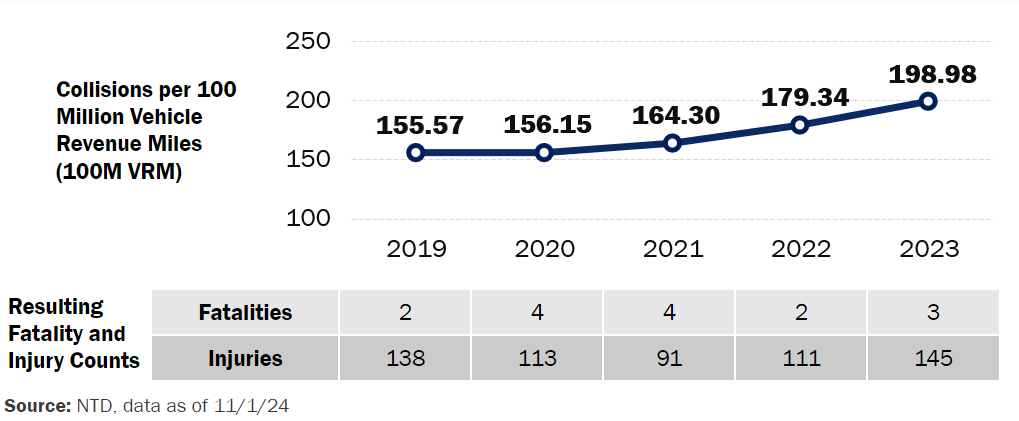
Street running rail-to-POV at RGX collisions became more frequent per vehicle revenue mile in each of the last five years.
For more details about the parameters and methodology of FTA’s NTD data review, please refer to the Background section of Safety Advisory 24-2.
Resources for Risk Assessment Creation
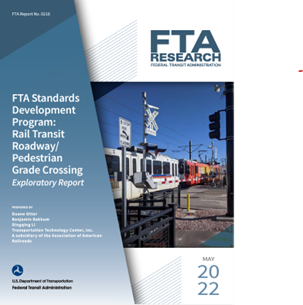 |
FTA's Rail Grade Crossing Safety Resources for Transit Agencies: This webpage provides 1. Data to analyze the current safety landscape and historical trends, 2. Resources to educate and inform the public, and 3. Resources to assist transit agencies in making transit safer for all. FTA Standards Development Program: In May 2022, FTA released its Rail Transit Roadway/ Pedestrian Grade Crossing Exploratory Report, which presents a thorough analysis based on an extensive literature review and industry surveys. The report examines the challenges and issues that RTAs encounter with addressing rail collisions with people and passenger vehicles. Sections 5 and 6 of this report provide various case studies that highlight numerous vehicular and pedestrian hazards, along with suggested safety measures. This report can serve as a valuable resource for RTAs conducting safety risk assessments and developing effective safety risk mitigations. |
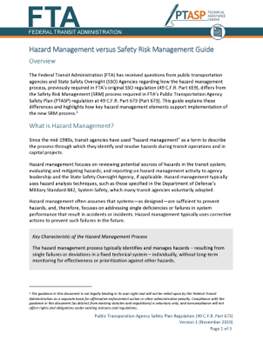 |
FTA Public Transportation Agency Safety Plan (PTASP) Technical Assistance Center: |
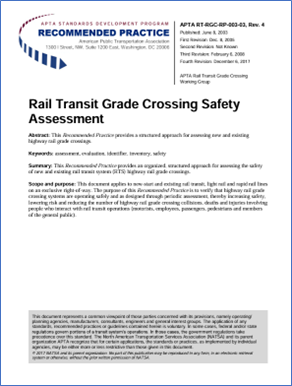 |
American Public Transportation Association (APTA) Rail Transit System Voluntary Standards:
|
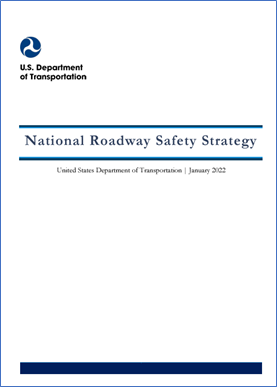 |
United States Department of Transportation (USDOT): National Roadway Safety Strategy (2022) The U.S. Department of Transportation’s National Roadway Safety Strategy (NRSS) outlines a comprehensive approach to significantly reducing serious injuries and deaths on our Nation’s roadway system and the surrounding environment, including land use where the roadway system intersects with other transportation modes. This document is applicable to improving safety for street-running rail vehicles by promoting data-driven approaches and infrastructure enhancements. The NRSS emphasizes upgrading infrastructure such as signage, lighting, and barriers, which are crucial for preventing accidents at these intersections. |
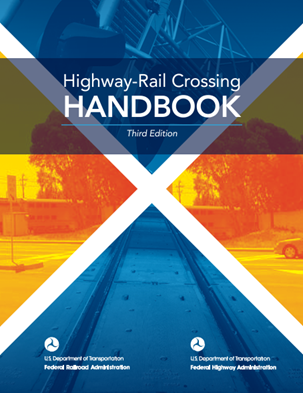 |
Federal Highway Administration (FHWA): |
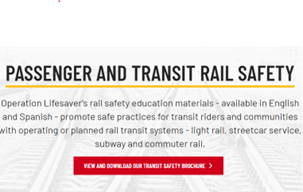 |
Operation Lifesaver: |
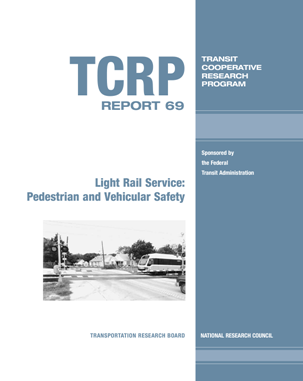 |
Transit Cooperative Research Program (TCRP):
|
